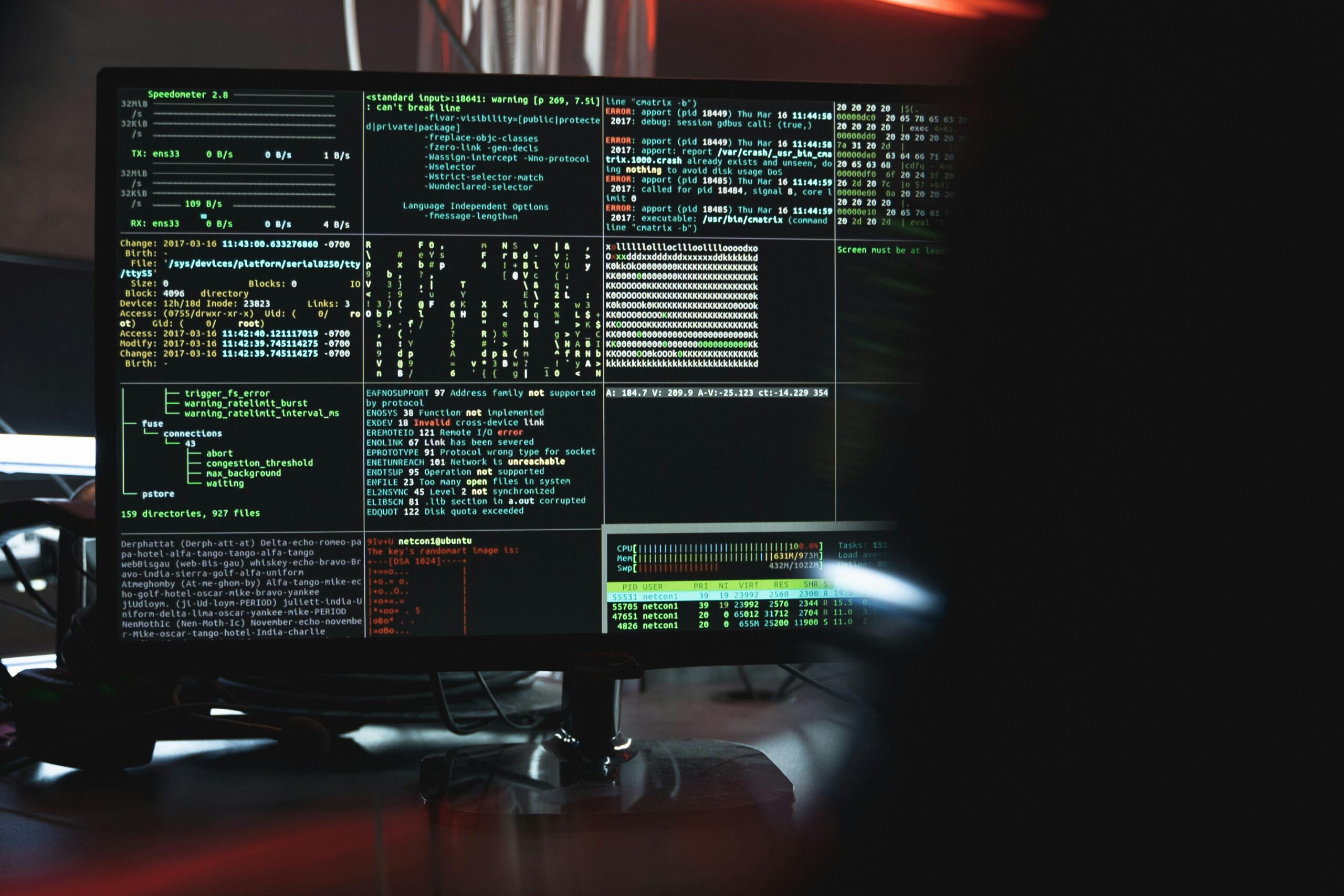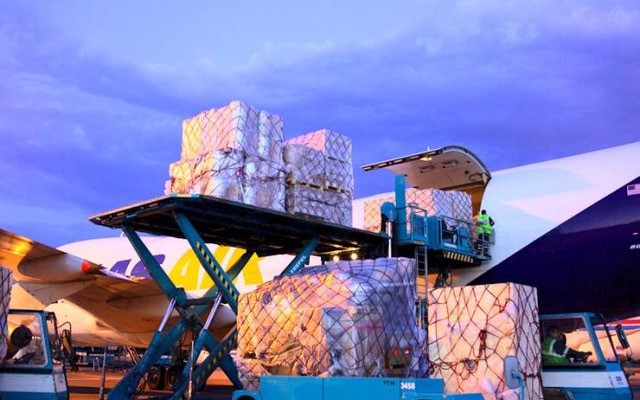In recent years, cyberattacks have impacted corporations, governments, and businesses across the globe. The aviation industry, which relies heavily on complex software and interconnected information systems, is no exception. While digitalisation and technology have revolutionised airline operations and enhanced efficiency, they have also introduced significant cybersecurity challenges.
Even minor cyber incidents, such as disruptions to ticketing systems, can generate negative media attention and damage an airline’s reputation. In more severe cases, cyberattacks can lead to catastrophic outcomes, including threats to passenger safety and loss of life. As a result, experts agree that cybersecurity has become one of the most pressing concerns in the aviation sector.
Understanding Cybersecurity Risks in Aviation
Cybersecurity is not only about thwarting deliberate attacks but also about preventing unintended consequences caused by human error or negligence. Consider the infamous 2017 incident at British Airways, where a simple mistake caused chaos:
The British Airways Data Center Incident
In May 2017, an IT engineer at British Airways failed to follow proper maintenance procedures at the airline’s London Heathrow data center. While rebooting the servers, the engineer restored power too quickly, triggering a damaging power surge. The surge crippled the servers that housed critical flight and passenger data, leading to widespread system outages. Over 3,000 flights were affected, highlighting the devastating impact of a single misstep.
According to the Federal Aviation Administration, human error is a leading cause of aviation accidents, both in commercial airlines and general aviation. This underscores the importance of equipping personnel across the aviation industry with the knowledge and skills needed to identify and mitigate cybersecurity risks.
The Role of Cybersecurity Training in Aviation
Aviation cybersecurity training is essential across all aspects of the industry, including aircraft and equipment manufacturers, air traffic control systems, airports, and airlines. Cybersecurity involves defending information, operational systems, and data from malicious attacks in cyberspace – the virtual environment where digital communication occurs.
As part of its Aviation Cybersecurity Roundtable, IATA emphasizes the need to foster a positive cybersecurity culture and raise awareness about potential threats. Industry authorities such as ICAO, EASA, EUROCONTROL, and the UK CAA have developed training guidelines to help airlines and airports strengthen their cybersecurity frameworks.
The focus is primarily on protecting flight traffic management systems – including radar systems, GPS, and the Global Navigation Satellite System (GNSS) – which are critical for navigating flight paths. Disruptions to these systems can have severe consequences. Similarly, airplane information management systems, such as flight management and data communication systems, are high-priority targets for protection.
Common Cybersecurity Threats in Aviation
The interconnected nature of the aviation ecosystem makes it particularly vulnerable to cyber threats. These include:
- Cyberattacks: Single, targeted efforts to disrupt or disable systems, or to steal sensitive information.
- Cybercrime: Ongoing malicious activities aimed at controlling computing environments or compromising data integrity.
- Cyberterrorism: Politically motivated attacks intended to cause widespread disruption or harm.
Fortunately, many cybersecurity threats can be mitigated by adhering to basic best practices, such as using strong passwords, safeguarding usernames, staying alert for suspicious activity, and reporting lapses in compliance with company procedures.
Steps to Ensure Cybersecurity in Aviation
The success of cybersecurity measures often hinges on awareness and compliance among airline staff. Here’s how training departments can enhance cybersecurity practices:
- Implement Comprehensive Cybersecurity Training
Proper crew training is the foundation of aviation cybersecurity. Make cybersecurity training a mandatory part of your curriculum to increase awareness and prepare personnel to respond effectively to threats.Aviation Cybersecurity Course:- Online, accessible, and easy to implement.
- Includes essential theory and practical tips.
- Flexible pricing for scalable training programs.
- Conduct Regular Audits of Cybersecurity Plans
Evaluate access controls, response mechanisms, and real-time detection systems. Ensure that key managers are accountable for implementing cybersecurity protocols. - Establish Robust Risk Management Systems
Build infrastructure to detect and monitor threats, define clear roles and responsibilities, and document every phase of your cybersecurity strategy. Conduct regular reviews to identify gaps and ensure procedures are followed consistently. - Promote a Culture of Safety and Vigilance
Encourage staff to prioritize safety and compliance with cybersecurity protocols, both on and off duty. Foster an environment where employees feel empowered to report non-compliance without fear of retaliation.

Why Aviation Cybersecurity Matters More Than Ever
The threat of cyberattacks in aviation has grown exponentially in recent years. In 2020 alone, there were 775 cyberattacks targeting airlines and 150 targeting airports, representing a 530% increase from the previous year, according to EUROCONTROL.
Third-party vendors, particularly those in the MRO (maintenance, repair, and operations) sector, are also attractive targets for cybercriminals. Airlines must establish strict security standards for vendors to mitigate risks.
Conclusion
As cyber threats continue to evolve, the aviation industry must stay ahead by prioritizing cybersecurity training, fostering a culture of vigilance, and implementing robust risk management practices. A well-informed workforce and a proactive approach to cybersecurity are essential to safeguarding the future of aviation.
Useful Links:
If you have any questions about CyberSecurity within the aviation industry, please do not hesitate to contact us.




